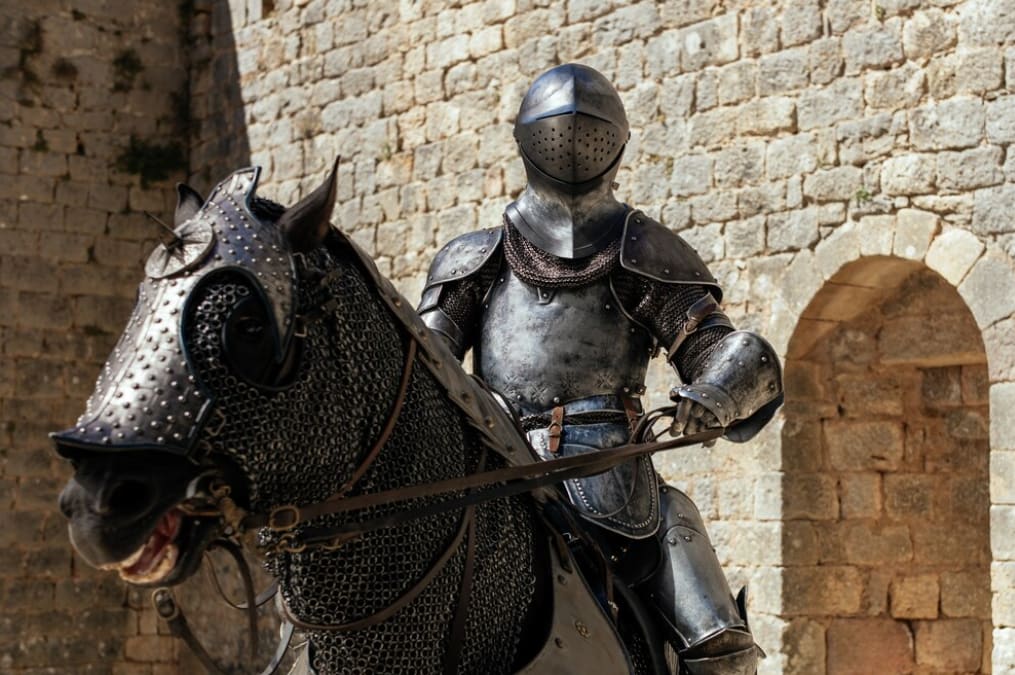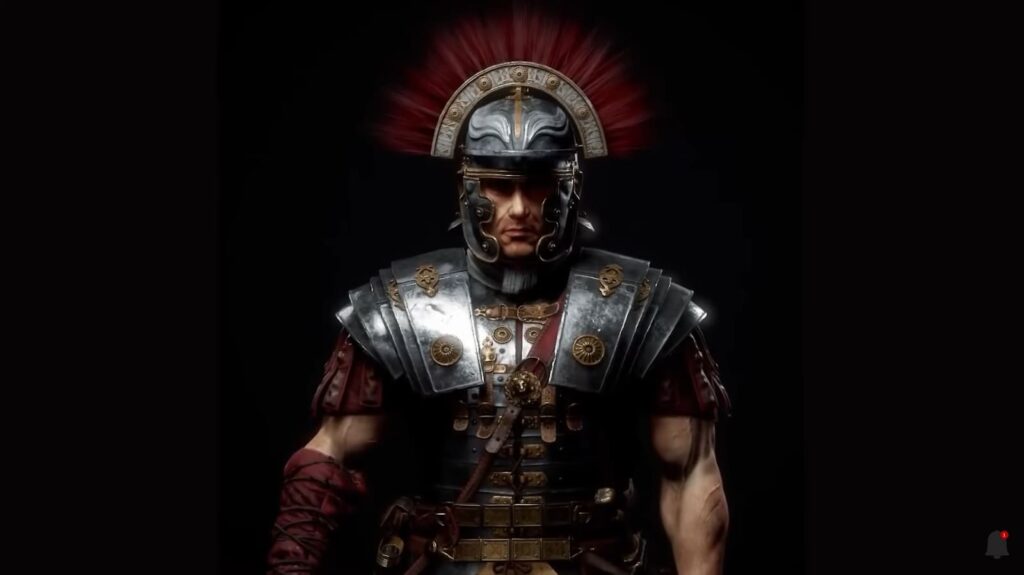Origins of the Illyrian Type Helmet
The roots of the Illyrian-type helmet, sometimes referred to as the Greco-Illyrian type, can be traced back to the ancient region of Peloponnese in Greece. This unique type of helmet, specifically designed to cover the head and neck, was a renowned symbol of defense during the 8th and 7th centuries BC (700–640 BC). The Illyrian helmet earned its name due to a significant number of archaeological finds in the Illyrian region.
The intricate design of Bronze Age helmets, reflective of the era’s metallurgical prowess, serves as a precursor to the robust functionality and craftsmanship embodied in the bronze axes of the same period.
Archaeological Evidence
Archaeologists believe that the Illyrian-type helmet is an evolved version of the Kegelhelm or Kegel type, which originated during the Archaic Period in Argos. The development of the earliest Illyrian helmets is attributable to workshops in the northwestern Peloponnese, potentially in Olympia. Later varieties, Type II and III, were created in Corinthian and Illyrian coastal workshops respectively.
Classification and Evolution of Illyrian Helmets

The Illyrian-type helmet underwent multiple transformations over the years, each aimed at enhancing the wearer’s comfort without compromising on protection.
| Type | Characteristics |
|---|---|
| I | c. 700–640 BC: No neck protection, restricted hearing |
| II | c. 600 BC: Neck protection, hampered hearing |
| III | c. 550 BC: Neck protection, improved hearing |
| IV | c. 500 BC: Neck protection, unimpeded hearing |
Geographical Reach and Obsolescence
The Illyrian type helmet was adopted widely by the ancient Greeks, Etruscans, and Scythians, and eventually by the Illyrians. Its use spread to Italy, evidenced by its depiction on ivory reliefs and a silver bowl found at the Bernardini tomb at Praeneste. However, by the early 5th century BC, the helmet had become obsolete in most parts of Greece and by the 4th century BC in Illyria.
Understanding the Corinthian Type Helmet
The Corinthian helmet is famously mentioned by historian Herodotos as part of the gear of a Greek hoplite (foot soldier). This type of helmet, recognized by its rounded shape, small eye openings, and distinct nose-piece, has been extensively unearthed in Olympia, revealing its variety and development.
Artwork Details:
- Title: Bronze helmet of Corinthian type;
- Period: Archaic;
- Date: ca. 650–600 BCE;
- Culture: Greek;
- Medium: Bronze;
- Dimensions: 9 1/16 x 10 9/16 x 8 3/8in. (23 x 26.8 x 21.2cm);
- Classification: Bronzes;
- Credit Line: Rogers Fund, 1920;
- Accession Number: 20.51.2.
Impact of Bronze Helmets in Modern Culture

Alt: A Roman centurion with a red-crested helmet and armor.
Bronze helmets, particularly the Illyrian and Corinthian types, have left a significant imprint on modern culture. They appear in various forms of media, such as films and video games, reminiscent of ancient battles and warriors.
Bronze helmets were not just protective gear; they were a status symbol, an identity of the warriors who wore them. They represent an integral part of our ancient history and are a testament to the advanced metallurgy of the times.
Conclusion
The history of bronze helmets, specifically the Illyrian and Corinthian types, offers fascinating insights into the warfare and metallurgical practices of ancient civilizations. Today, these helmets serve as significant historical artefacts, helping us understand our heritage and the evolution of battle gear.
The journey throughout history with the Illyrian and Corinthian bronze helmets underscores the incredible craftsmanship and strategic brilliance of ancient civilizations. Their evolution not only mirrored the changing needs on the battlefield but also showcased the impressive progress in metallurgical practices of the past. As we appreciate these ancient pieces of art today, they serve as captivating time capsules, bridging centuries, and illuminating an era of the human story that still pales in comparison with modern technology. Their legacy endures in our media, culture, and collective memory, reminding us of our roots in the ancient world and inspiring us to strive for advancements in our future.